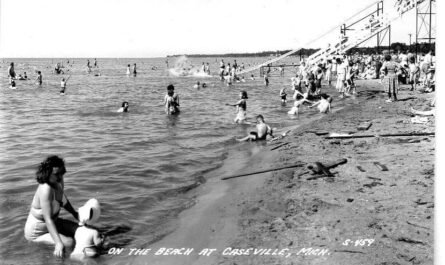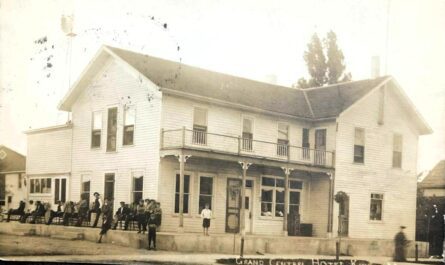Armada sits in northern Macomb County where early roads met creeks and oak openings. Settlers in the 1830s built cabins, mills, and a trading point first called Burke’s Corners, later Honeoye, and finally Armada. The village grew as a farm market center. Wagons came in with grain and livestock. Lumber framed barns and storefronts. This is the ground floor of Armada Michigan History—steady growth, practical choices, and a main street built to serve the countryside.
Fair Week Since the 1870s

The photograph of Main Street under garlands and flags is 1909. It shows the Armada Fair at full stride. The fair began in the early 1870s and has continued through good years and lean ones. Families brought cattle and draft horses, apples and quilts. Bands played on the green. Temporary booths filled the sidewalks. During fair week the village became the county’s front porch. You can see it in the arches strung over the street and the bustle at the curbs. Any telling of Armada Michigan History starts with that annual gathering.
Mills, Shops, and a Rebuilt Business District
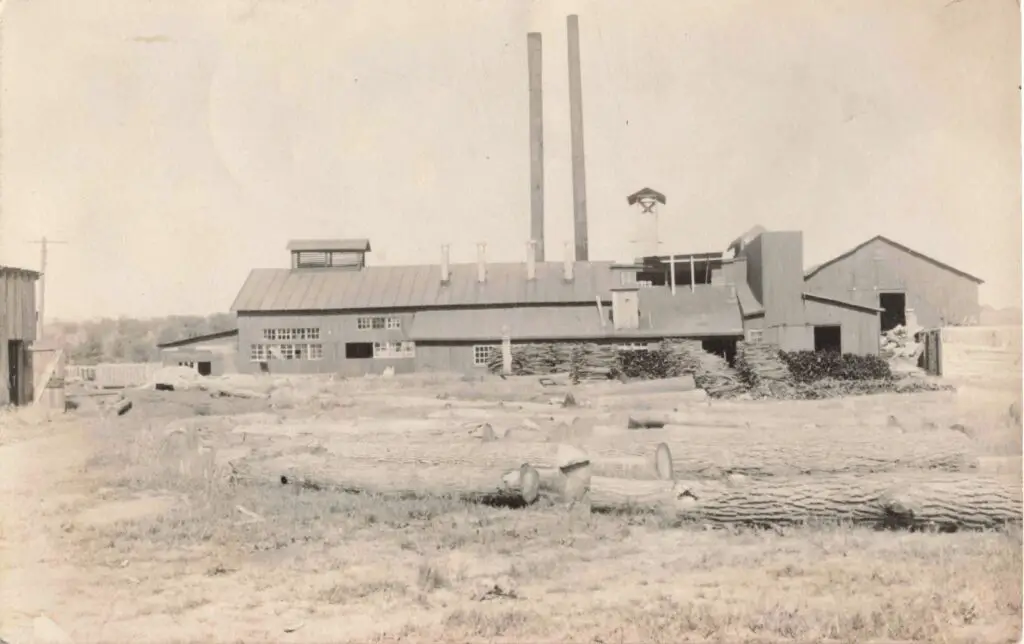
A wide yard of logs and a long, low mill building mark the town’s early industries. Timber and farm processing supported the area before row crops took over. Mills cut lumber and ground feed. They gave steady work and pushed the village from rough clearing to finished street.
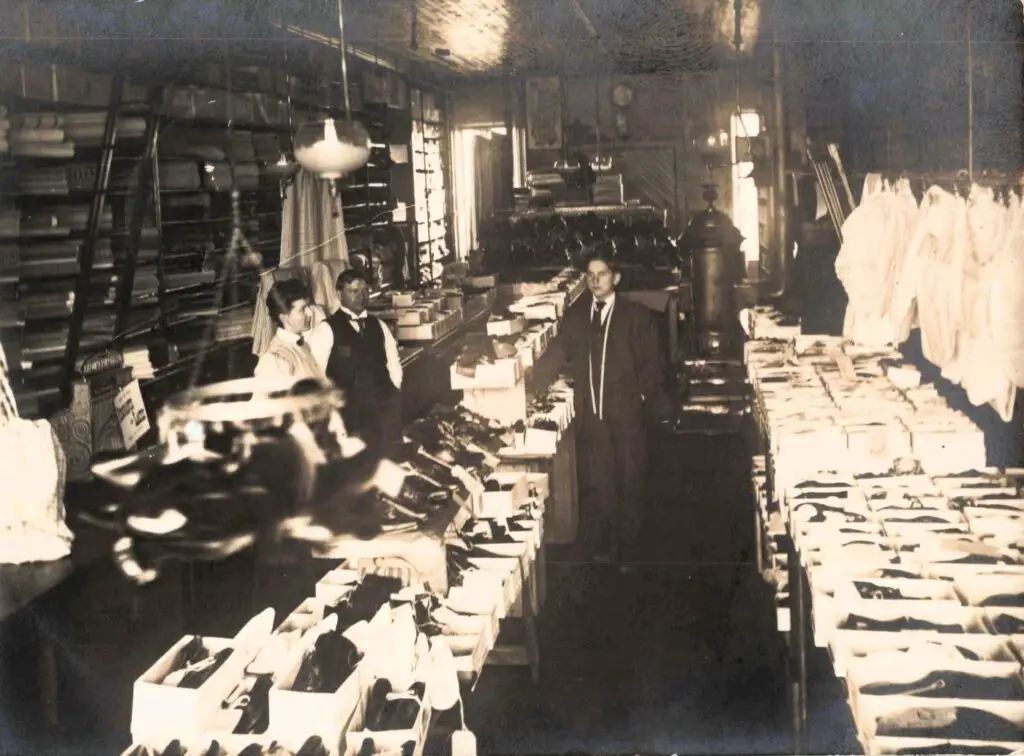
Ed Rogers’ Shoe Store: Interior crowded with shoe boxes; clerks under hanging lamps.
Inside Ed Rogers’ Shoe Store, boxes line tables wall to wall. Another photo shows the Lathrop Block (1884) and the Red Cross Drug Store. These views reflect a business district rebuilt in brick after a late-19th-century fire. Tall windows, pressed-metal cornices, and practical storefronts gave Main Street a durable face. The layout matched other Michigan market towns, but the details—store names, awnings, church spires—make Armada itself.

Rail Lines and the Depot That Connected the Town
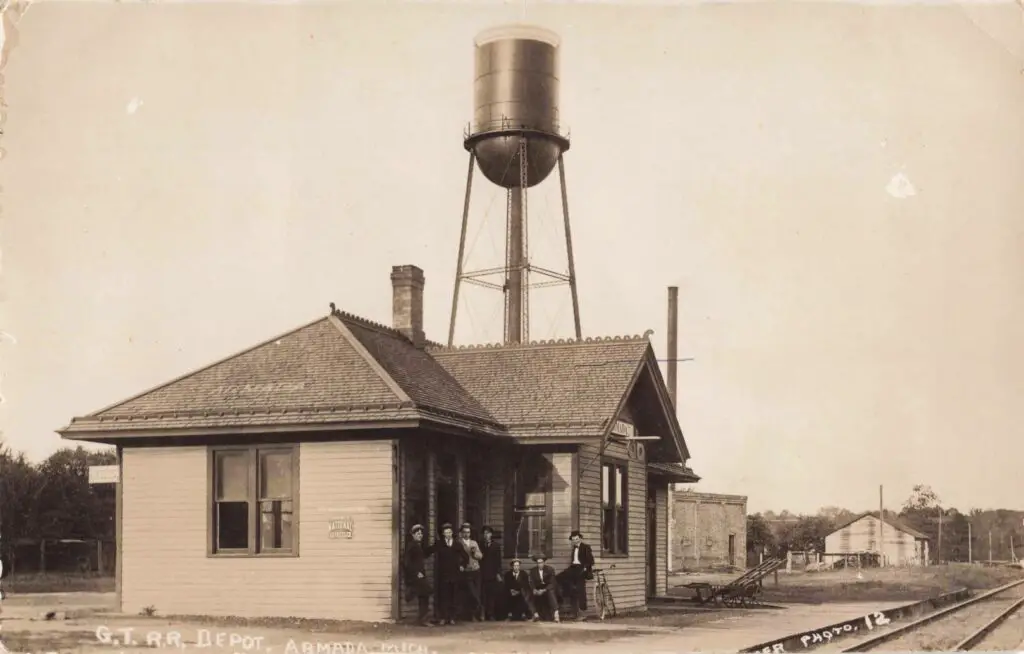
The Michigan Air Line, later part of Grand Trunk Western, reached Armada in the late 1800s. Freight rolled out; newspapers and travelers rolled in. The small depot—seen in a winter photograph with a baggage cart—served both. The original station burned in the 1920s and was replaced with a smaller steam-heated building. Rail offered speed and a timetable. It stitched farm country to the state’s markets and cities. In Armada Michigan History, the depot is a hinge. It turned local goods outward and pulled new ideas inward.
A Carnegie Library With Local Backbone (1915)
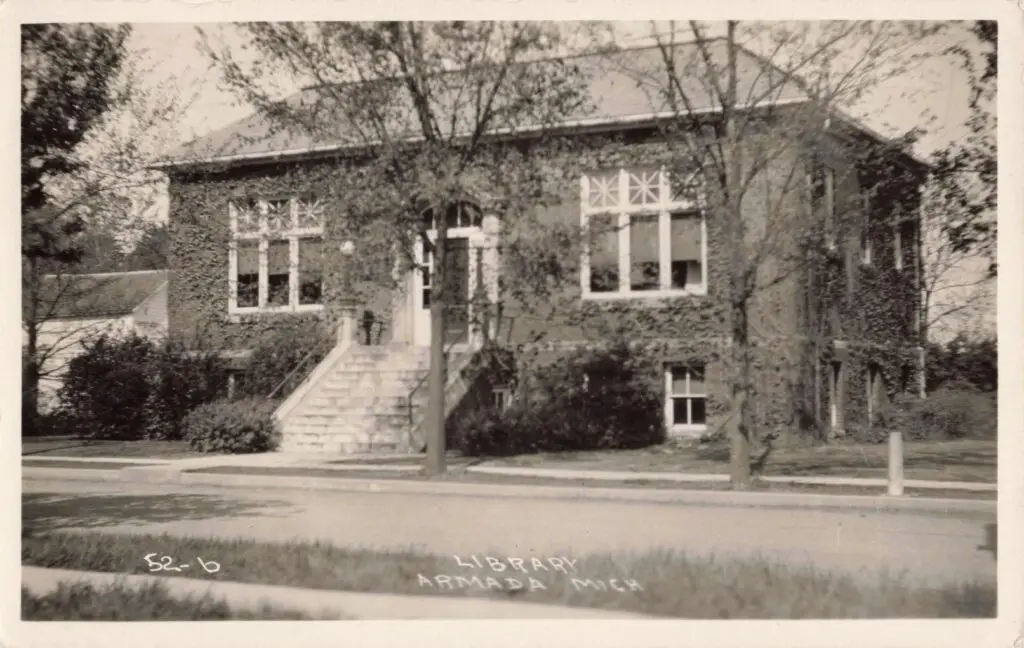
The ivy-clad brick library opened in 1915 after residents secured an $8,000 Carnegie grant and raised the balance through local effort. It stands on a rise with broad steps and large windows. Children carried home books after chores. Shopkeepers borrowed newspapers and farm bulletins. More than a century later, the building still serves readers. For SEO and for accuracy, it bears repeating: Armada Michigan History has a rare Carnegie library that continues its original mission.
Churches, Hotel Ember, and Everyday Life
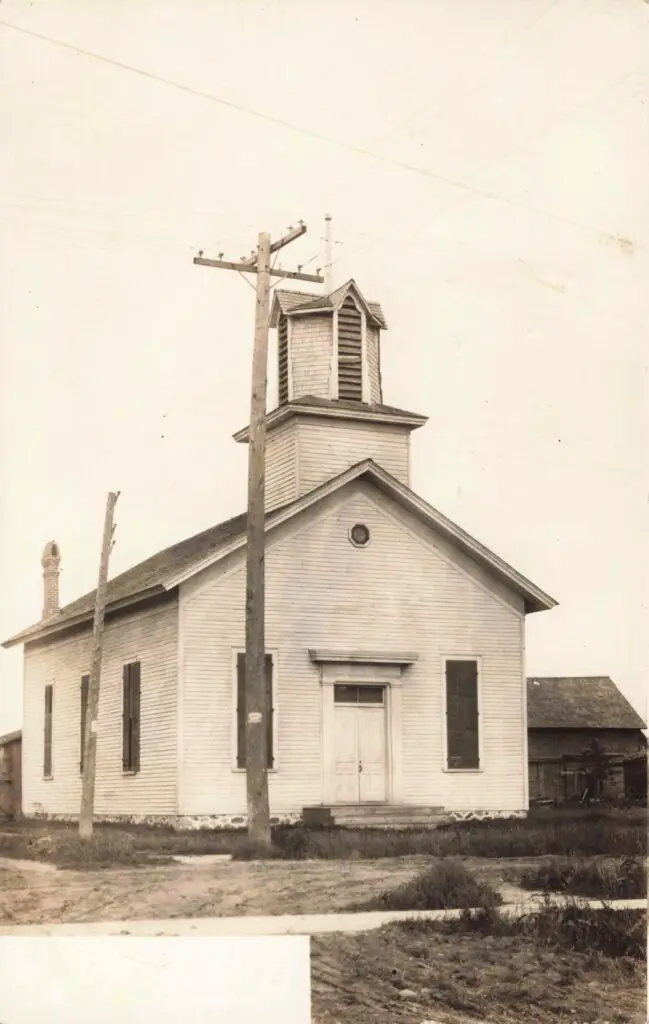
A white clapboard church labeled “German Church” points to immigrant families who shaped the town’s schools, hymns, and potlucks. The Hotel Ember appears in several street scenes. It was a fair-week landmark and a practical place for traveling salesmen. Together they mark the rhythms of the village—Sunday mornings at worship, weeknights on Main Street, and late evenings when the bandstand quieted and the hotel lights stayed on.
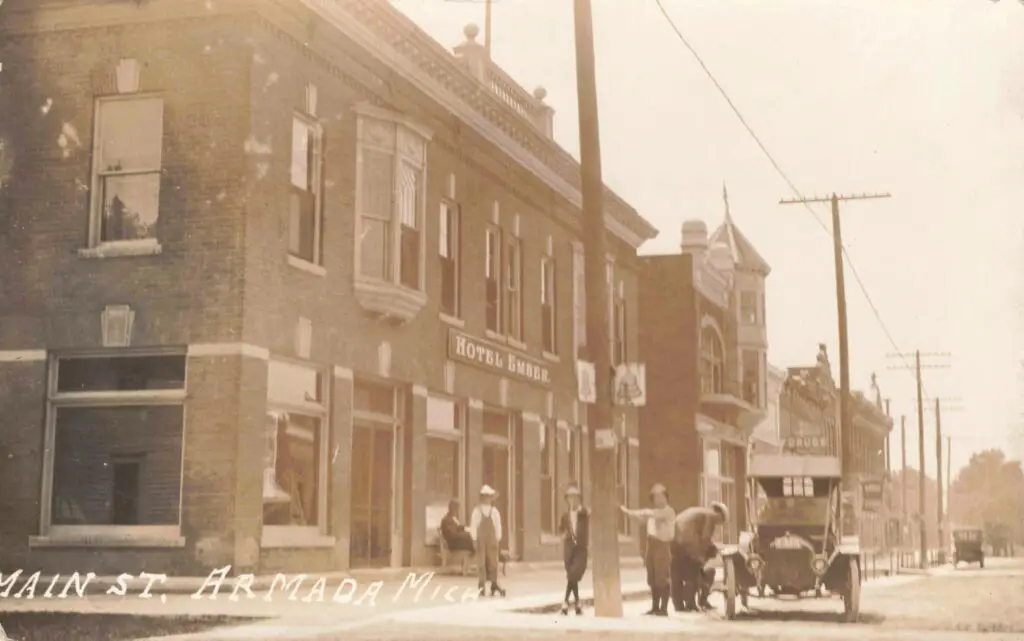
Why Armada Michigan History Still Matters
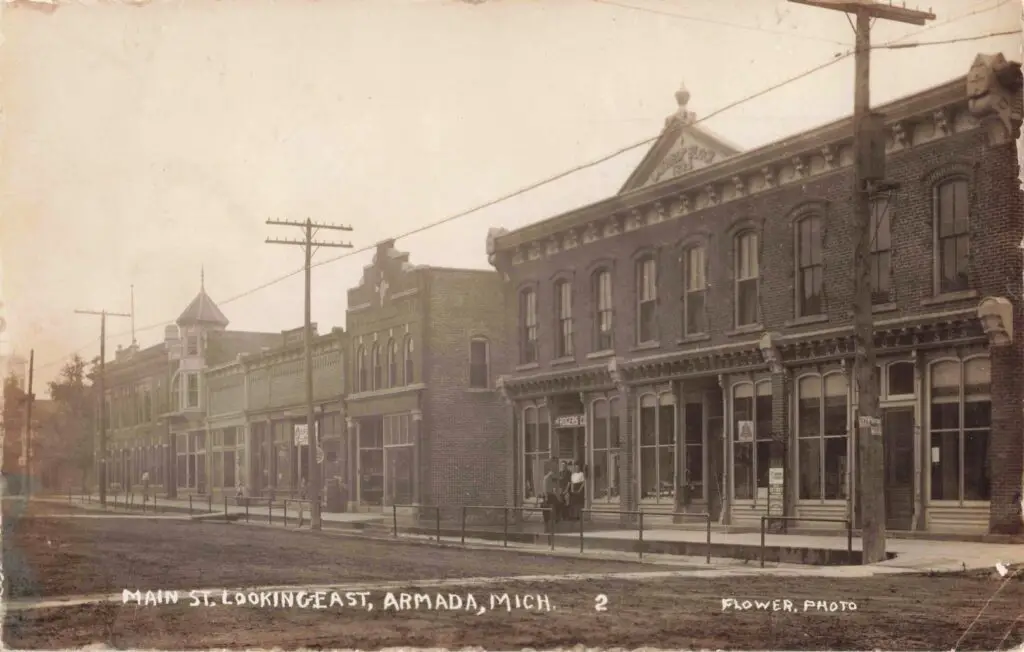
These photographs from 1890 to 1930 capture a community at work. They show how ordinary scenes—booths set up for the fair, a baggage cart by the depot, a librarian’s desk—add up to a durable civic life. None of it is flashy. All of it lasted. The fair still draws crowds. The library still opens its doors. Main Street still presents a line of well-kept brick fronts. Armada Michigan History is a record of choices that made a town and kept it steady.
Plan a Visit With the Past in Mind
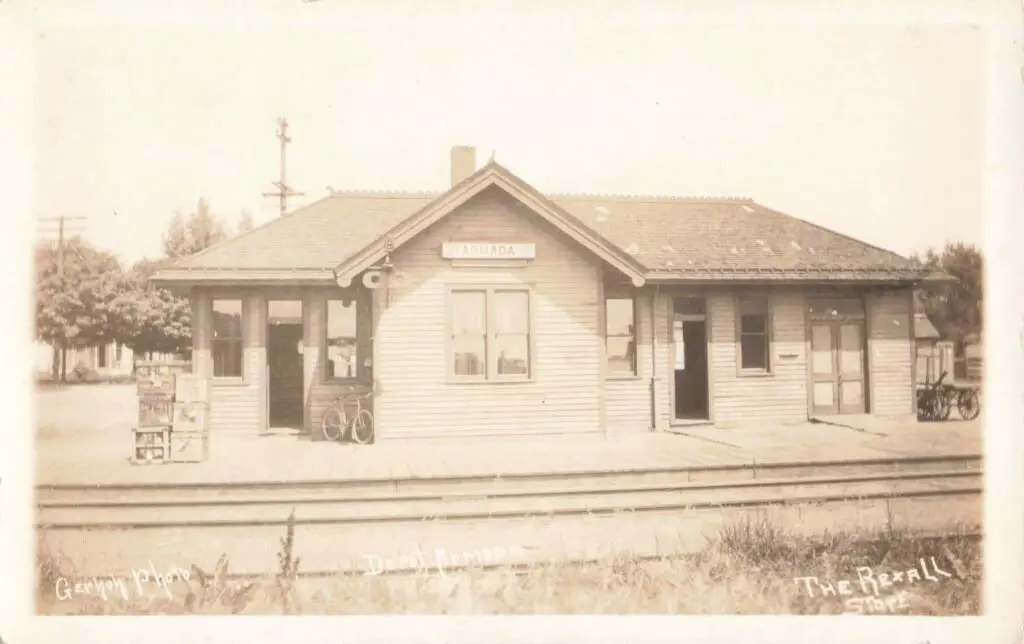
Visitors today can walk the same blocks, watch the August fair, and see the Carnegie library in service. Street angles and rooflines match the old images. If you bring the photos along—on a phone or printout—you can stand where the photographer stood and line up the view. That is the appeal of Armada Michigan History: it is close at hand. The town still carries traces of the people who built it.
Works Cited
Armada Free Public Library. “About the Library.” Accessed Oct. 31, 2025.
Aulik, Judy. “Carnegie Libraries—Michigan: Armada.” Library-Postcards, 2009.
McGraw, Bill. “The Fair-est of Them All.” Hour Detroit, 14 July 2015.
Metro Parent. “The Armada Fair Is Rich in History and Family Fun.” 2 Aug. 2019.
MichiganRailroads.com. “Armada, MI (Stations & Locations).” Accessed Oct. 31, 2025.
Ogle & Co. “Standard Atlas of Macomb County, Michigan.” 1895. University of Michigan Digital Collections.
Village of Armada. “Area Landmarks.” Accessed Oct. 31, 2025.
Village of Armada. “The History of Armada.” Accessed Oct. 31, 2025.
Wikipedia contributors. “Armada, Michigan.” Wikipedia, last modified 2024.
Wikipedia contributors. “List of Carnegie Libraries in Michigan.” Wikipedia, last modified 2025.


